Japan Recs 🇯🇵
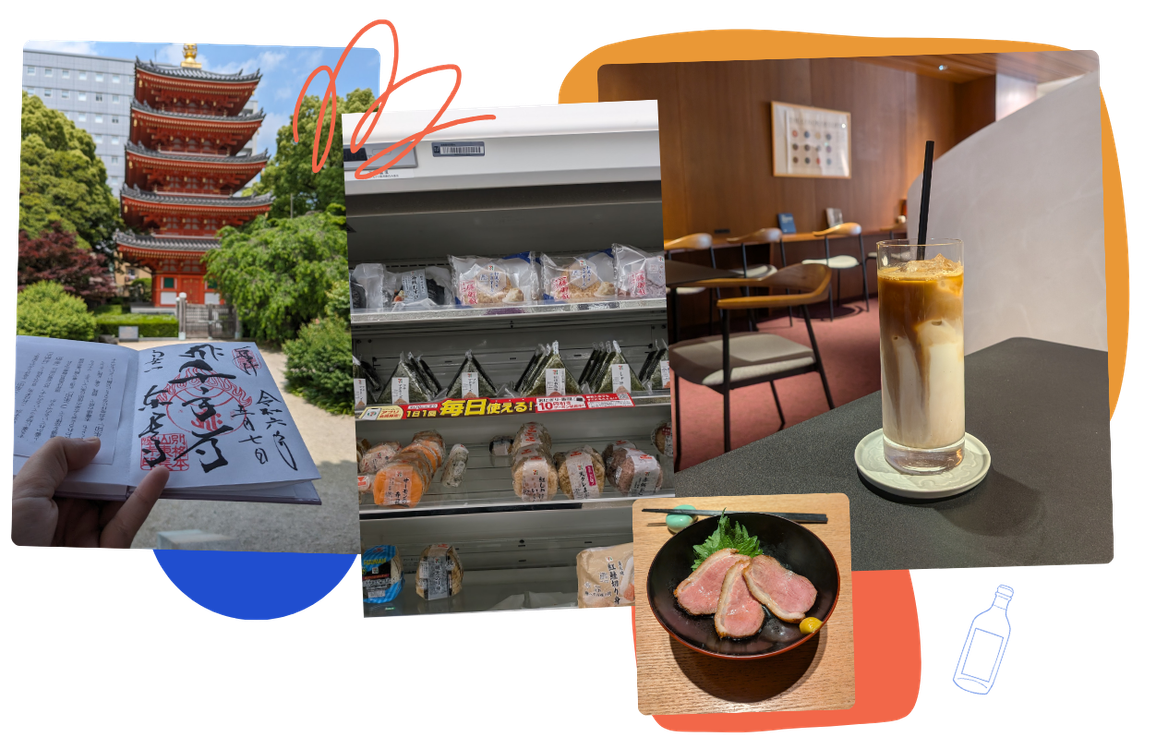
Hi! I'm Caro, a mezcal sommelier and travel writer.
I'm originally from the US and now live in Mexico, but I think of Japan as my third home. I've spent nearly six months there over the last few years and highly recommend a visit!
People overthink their Japan trip because of the expense and travel time. If you have a month to spend there, that's fantastic! But if you only have a week or two, that's fine too. Just go.
Below are all of my recommendations—general tips, favorite places to eat and drink, plus the travel hacks I wish someone had told me before my first visit. 💜
P.S. Don't forget to check out my Where to Drink in Japan guide too!
General Recommendations
Planning Your Itinerary
- Most people visit Tokyo, Osaka, and Kyoto on their first trip. This is referred to as the "golden triangle" and is sometimes supplemented with a night at a ryokan (AKA a traditional Japanese inn) in the countryside. This is solid advice!
- Kyoto and Osaka are very close together, so it's easy to hop between them, as well as to other popular day trip spots in the Kansai prefecture (like Nara and Kobe).
- March-April is peak tourist season because of the cherry blossoms. Crowds and prices will be higher, but they're also not that bad outside of Kyoto. They tend to bloom earlier now than in the past, but there's a tracker to help you plan.
- Golden Week is a week in April when the whole country is on vacation. Expect prices to be higher and places to be busier. I recommend making reservations earlier than you would otherwise. It’s also the only time I’ve seen trains sell out. (This was in Kyoto, and I still only had to wait ~90 minutes.)
Riding the Train
- The JR Pass has gotten way more expensive in recent years. There are calculators to help you decide if it's worth buying a pass... but it usually isn't.
- Long-distance trains have "reserved" cars and "non-reserved cars." Reserved seats are more expensive, but you only need them when traveling during an extremely busy time (e.g., during Golden Week) or with a big suitcase. If the latter, reserve the last seat in the car because those have space behind them for checked-bag-sized suitcases. (Carry-ons will fit in the rack above your seat.)
- I usually prefer to ship my luggage (see tips below) and then buy non-reserved tickets on the next available train when I get to the station. Depending on your destination, they usually leave every 5-10 minutes.
Speaking Japanese
- You don't need to speak Japanese to navigate Japan.
- All the crucial stuff will be in Japanese and English, including train signs and announcements, and most product packaging.
- English fluency isn't common, especially in small businesses and outside of hotspots like Tokyo and Kyoto. Most people will speak a few crucial words and have other ways to navigate language barriers.
- For example, clerks in convenience stores will point to stickers on the counter to ask if you want a bag. These are all image-based, so that people who don't speak Japanese or English can still understand.
- Still, you should absolutely learn a few key words before your trip. (Most language-learning apps make you start with the kanji, which is useless for a 2-week trip, so I like this site.)
- Greeting and thanking people in Japanese, even when you have to use English or Google Translate for the rest of the convo, goes a long way.
- So does speaking slowly, clearly, and assuming the best in people. I've seen foreigners complain about restaurant hosts who were "short" or "rude," when it's just that they don't speak English and are just trying to end the conversation by getting to the point, e.g., "fully booked!"
- You can also download Japanese in your Google Translate app for those times when you have a more complicated question that can't be pantomimed or need to take a photo of a Japanese menu.
Drinking in Bars
Buy your bartender a drink.
- Tipping isn't accepted, but you can (and should) buy great bartenders a drink. Include them in your final round (“I’ll take three whiskey highballs, including one for you”) or offer to buy their favorite before you leave. ("Can I buy you a drink before I close out?")
- Some hotel bars don't allow staff to drink on the job, but everywhere else, it will make you their favorite person. Especially as a foreigner who isn’t expected to know this custom.
- They will almost always pick a shot or something simple/cheap like a shot or whiskey highball, etc.
Be prepared to explain your drink preferences in simple English.
- Most bars in Japan won't have a menu at all, especially outside of Tokyo. Others will only have a small menu of classic cocktails that you are expected to ignore.
- The expectation is that you will tell the bartender what you like, and they will make you something tailored to your taste. But do it clearly and concisely, plz!
- Almost all bartenders will speak some English, but it’s usually limited outside of Tokyo. Don't make their life harder by hemming and hawing and using colloquialisms. Instead, keep it simple! E.g. "Something strong, not sweet. I like Old Fashioneds and Negronis."
- When in doubt, you can order "their version" of your favorite classic cocktail!
P.S. I've sprinkled my favorite bars in each city below, but I also have a Where to Drink guide specifically for Japan.
Pro Tips
Try all the konbini snacks
Convenience stores in Japan are like nowhere else. 7-11, FamilyMart, and Lawson’s are the big ones, and they are on nearly every block.
You can buy any number of things. They stock snacks, drinks, and the standard convenience store items, but also full meals, sushi, and even clothes for "salarymen" working long hours.
Everyone has their favorite konbini snacks. Lawson's tamago sando, Family Mart's Famichiki, and the 7-11 onigiri have cult status. I would put those on your must-try list, and otherwise try anything that looks interesting!
Use public transport everywhere
- Public transit is the cheapest way to get around. It's also expansive and reliable. Just keep in mind it stops around midnight!
- You can buy a tap-to-pay card (“IC card”) at most stations. Sometimes the machine to buy a card is different from the ones meant for reloading, so just look around for the right one.
- You can use the same card across mainland Japan—buses, trains, trams, etc., in every city, as well as regional trains. It comes in handy at other times, too. (I've used it to pay for luggage lockers and even at a food festival when I was short on cash and they didn't take cards.)
- You can only reload IC cards with cash, but there are machines to do so in every station.
- Cost varies by city, mode of transit, and distance, so you will tap when you get on and when you get off in most cases. Just check what everyone else is doing.
Always have cash on hand
- Lots of places (especially cheaper restaurants, ramen shops, etc.) will only accept cash. You also have to use cash to reload an IC card.
- There’s an ATM in every konbini, and they are always safe to use. Just decline any conversion it offers to do, and let your bank do it so you get the best exchange rate.
Take advantage of luggage shipping & lockers
- If you have a lot of luggage, or don’t want to haul it on the train 🙋🏻♀️, you can easily and cheaply ship it ahead of you.
- If you’re staying at a staffed hotel: Tell them you want to ship your suitcase when you check out. They will measure and weigh it and tell you the cost. You give them cash and the details for your next hotel, and they will take care of the rest.
- If you are staying at an Airbnb or unstaffed hotel: Take your suitcase to the nearest convenience store, and use Google Translate to tell the clerk that you want to ship your suitcase. They will give you a packing slip (again, Google Translate is your friend) and they will do the same measure/weigh/payment bit.
- You can pick exactly what window you want the company to deliver the suitcase, but next-day drop off is usually the soonest available.
- I first did this for Kyoto>Naoshima because it’s a convoluted journey with lots of transfers. It was so cheap and convenient that I now do it all the time just for the convenience.
- My (overweight) checked bag is usually $12-18 USD, which isn't that much more than buying a reserved seat with luggage storage on the train.
- Every train station also has luggage lockers if you need to stash stuff before check-in or during a day trip. They usually only take coins or IC cards.
Triple check onsen rules if you have tattoos
- Onsens, or hot springs, are very strict about tattoos. You should plan to cover them or look for a place with private rooms.
- Most onsens are single-sex, so many straight couples and families will choose to book a private room anyway so that they can spend the day together.
- Even onsens that say tattoos are "allowed" will make you cover them with flesh-covered stickers and then have a limit on how many stickers (2-3 max) that you can buy.
- I have no other recs because I'm a solo traveler with a lot of tattoos and have never cared enough to reserve a private one!
Buy a goshuin book as a cool souvenir
- All the staffed temples have goshuin.
- You can buy a special notebook for ~500 yen at any temple and then get a goshuin at each one you visit for another ~500 yen.
- These are different from the stamps you can get at train stations, museums, etc., and you cannot put them in the same book.
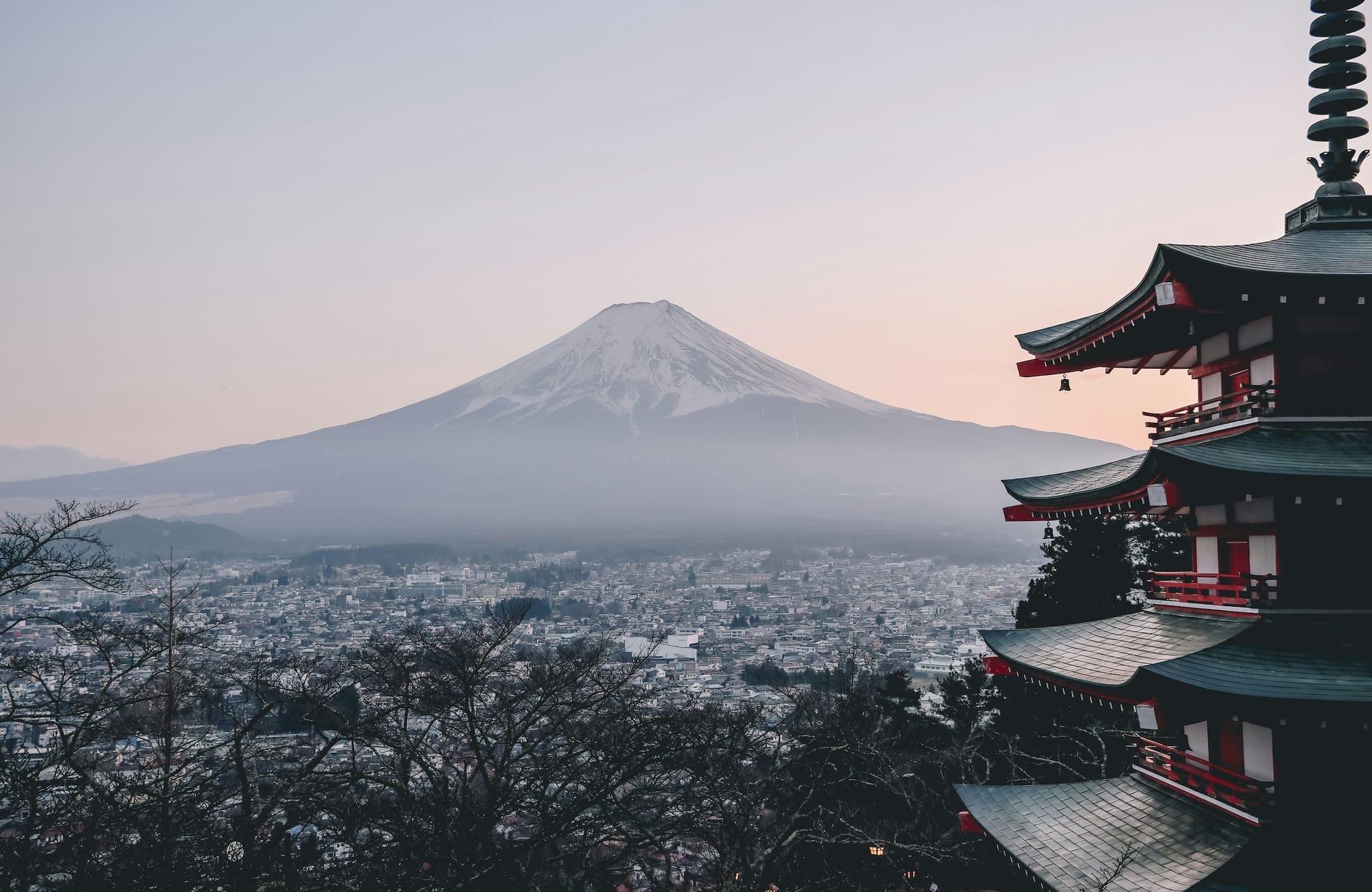
Japanese Cities
City-specific recs, plus all my annotated Google Maps
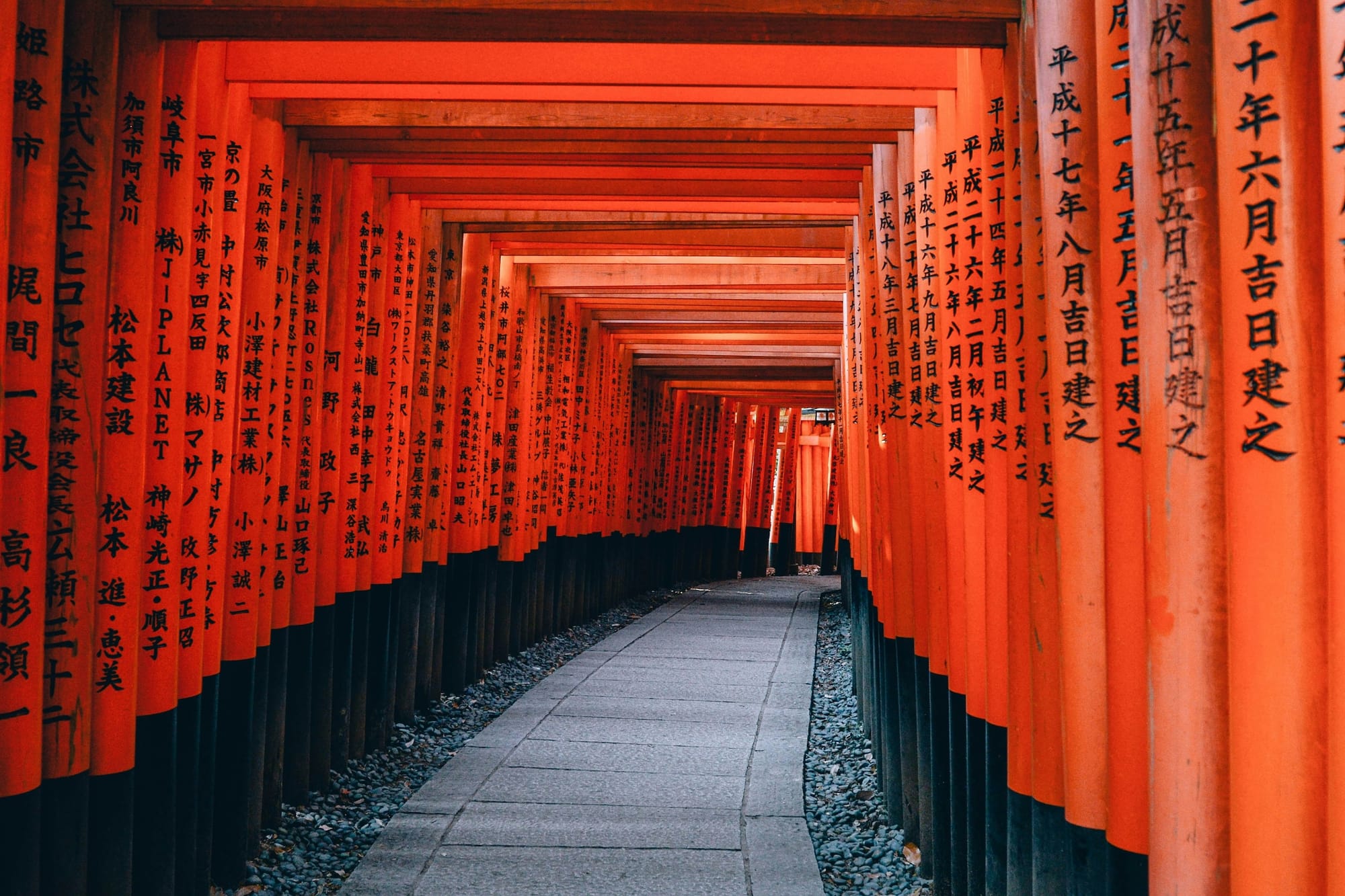
The Golden Triangle
Tokyo, Osaka, and Kyoto
Kyoto
Kyoto has all the history and heritage that you think of when you think of Japan. For this reason, it's a must-do on your trip!
You can read about my third trip to Kyoto here.
Top Spots
- Farm-to-table restaurant
- Obanzai restaurant (res usually required)
- Karaoke bar
- Cocktail bar
Google Maps
- Kyoto Bars
- Everything Else
*I started this map in 2019, so take it with a grain of salt. Kyoto has changed a lot, and so have I!
Osaka
Osaka is another big city with a distinctly different vibe than Tokyo.
It feels a little more manageable, a little more gritty, a little more livable. It's also the "belly of Japan" so it's a great place to eat your way across town.
You can read about my second trip to Osaka here.
Top Spots
- Japanese barbecue
- Vertical aquarium
- English standup (usually great insight into what it's like to live there)
- My favorite cocktail bar (some owners as Bar Nayuta, but better experience imo)
- My favorite cocktail (wagyu old-fashioned 🤤)
Google Maps
Tokyo
Tokyo needs no introduction. I think of it as a "choose your own adventure" city with endless options.
You can read about my third trip to Tokyo here.
Top Spots
- Museum: d47
- Omakase: Sushi Ryuta
- Stationery: Itoya (the Ginza location, specifically)
- Bars (and favorite bartenders): Virtu (Albie), SG Club (Lubby), Qwang (Hasegawa-san)
⭐ If you go to one of these bars, I would love to hear about it! Please consider sending me a pic or tagging me on IG. I'll even send you a free copy of my Japan zine as thanks! 💜
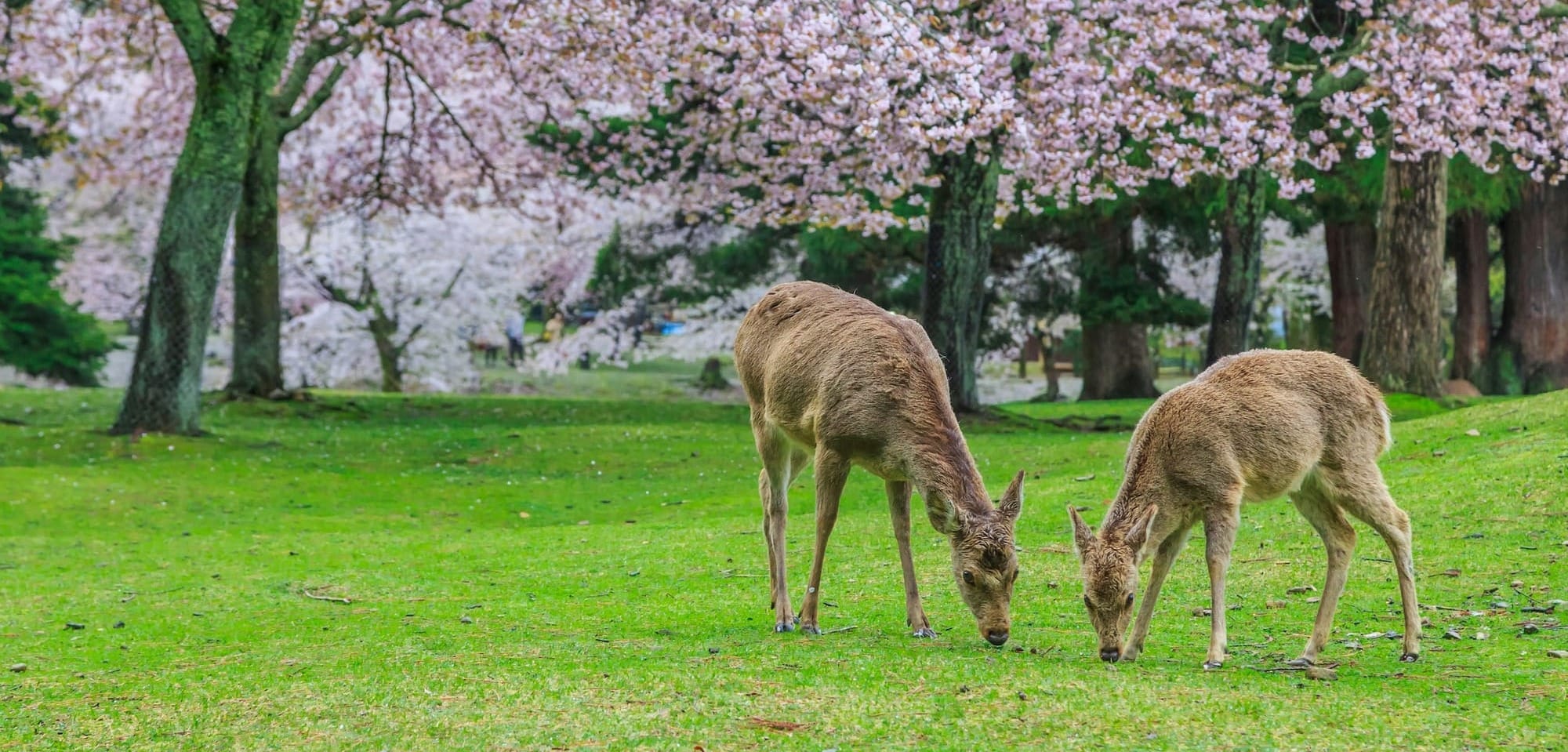
More Kansai
Easy day trips from Osaka or Kyoto
Nara
Nara is a former capital city with a very traditional feel. It's really small but has a popular temple and free-roaming deer you can feed.
Top Spots
- Lamp Bar is one of Asia’s best bars
Kobe
Kobe is a mid-sized city known for its eponymous beef and a popular sake brewing district.
You can read about my second trip to Kobe here.
Google Maps
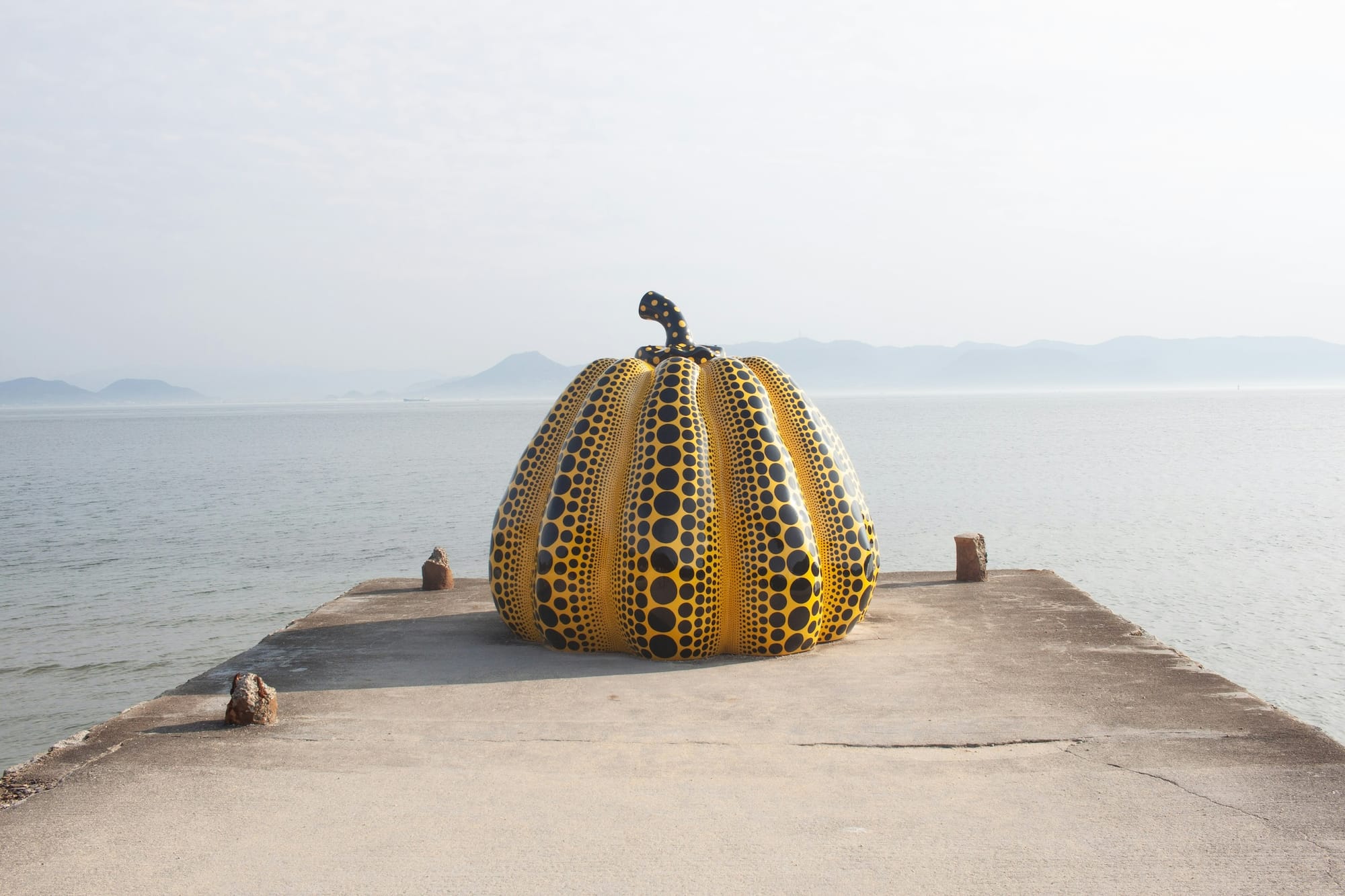
Other Side Trips
Technically doable in a day but overnight would be better!
Hiroshima
Hiroshima is worth the trip for the history, but it's got more to offer than that. I'm a fan!
Top Recs
- Peace Museum & Park
- Lemon Stand (the best shochu lemon sour I've ever had!)
Google Maps
Naoshima
Naoshima (aka the "art island") is known for contemporary art and striking architecture.
The local economy (centered on fishing and metalworks) was facing economic decline until a revitalization project in the 1980s. It now boasts several museums and a truly impressive collection of art installations by world-renowned artists, many of which are integrated into the city's natural landscapes.
This was on my bucket list for years and I highly recommend making the trip if it sounds interesting to you at all. It's logistically challenging but worth it!
Top Recs
- Leave from Osaka/Kyoto/wherever you're staying in Kansai, ship your luggage to wherever you’re going after Naoshima, and take the train early one morning.
- No matter where you leave from, you will have to take three trains, a ferry, and a bus to get there. It only takes ~3 hours, but there a lot of transfers!
- Accommodation on the island is hard to come by. There’s a hostel and a guest house or two in the village, but you should splurge on the Benesse House if you’re going to do the island. It's expensive, but worth it! The proximity, guest shuttle, and extended access to the museums make it easier to see more in a single day. Just do it!
- Invest some time researching all the museums and installations on the island well in advance of your trip. Some require advanced tickets, and some are closed on certain days, so it's best to have a plan before you go.
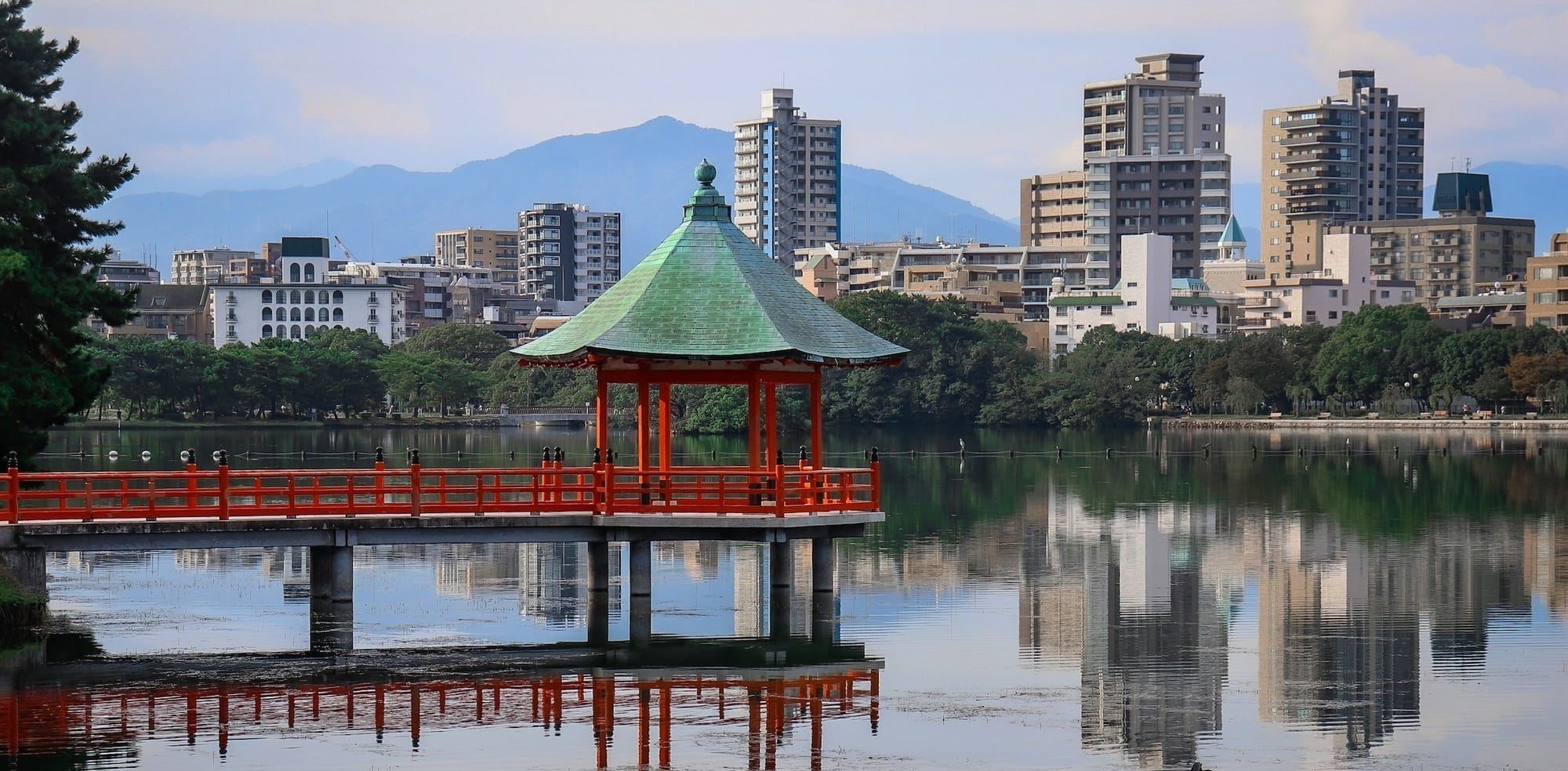
Kyūshū
Southwestern most part of Japan
Most western tourists never make it to Kyūshū because it's further away from the golden triangle and there's less to-do. I love it for its more relaxed vibe though!
Fukuoka
Fukuoka is a mid-sized city in southwest Japan. And one of my favorites!
It's a great foodie city (known for tonkotsu ramen) with easy access to nature, and a more "chill" vibe than the bigger cities.
It's also considered the gateway to Asia so the tourism that does exist tends to be Korean. This means there are very few English tours/activities, FYI!
You can read about my second trip to Fukuoka here.
Top Recs
- Asian Art Museum
- Ohori Park
- Ramen Stadium
- Bar Oscar
(If you go to this bar, tell Nagatomo-san I sent you! And please consider sending me a selfie. I would love to see it! 💜)
Google Maps
Kumamoto
A mid-sized city in southwest Japan. It's about halfway between Fukuoka and Kagoshima so it's easy to do as a day trip if you're in the area, but I wouldn't go out of your way to visit without a strong reason.
Top Spots
The only recommendation I have is Yakoboku, one of Asia's best bars!
Kagoshima
Kagoshima is a seaside city on the southwest tip of Japan. People are friendly and welcoming, and it has a very chill vibe that I love.
However, there's not a ton to do. (And English is more limited.) So, I only recommend it if you are spending extended time in Japan and have days to burn.
You can read about my trip to Kagoshima here.
Top Recommendations
- Sengan-en
- Kanosuke Distillery
- Haf Coffee Stop (tell Shinnosuke I said hi!)
- Nice & Easy
Google Maps
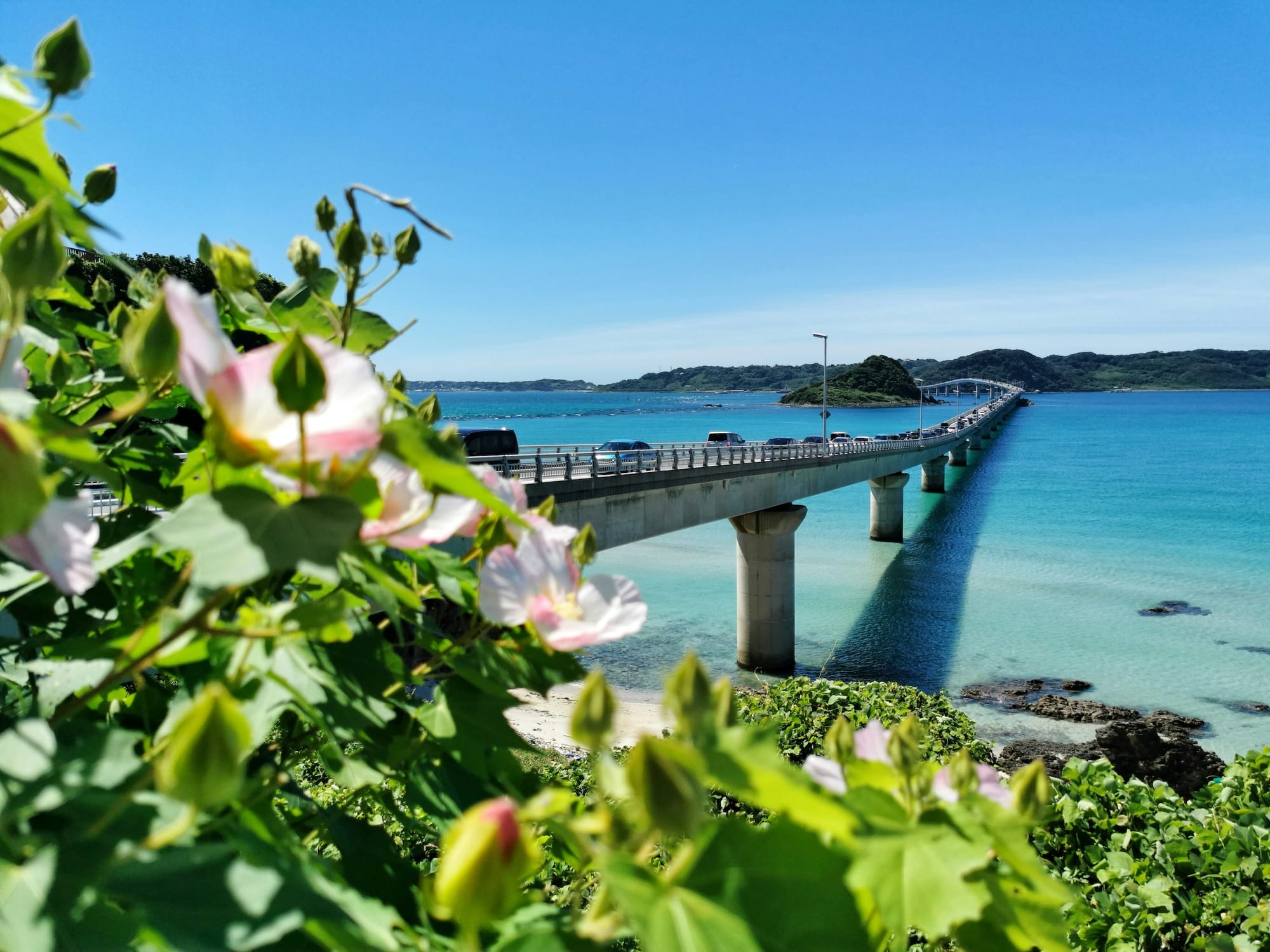
Okinawa
A very different side of Japan!
Naha
Naha is the capital of Okinawa, a bunch of islands southwest of mainland Japan.
They are closer to Taiwan than the rest of Japan so the only realistic way to get there is by plane. This discourages a lot of people from tacking it onto their Japan trip but it's absolutely worth a visit if you can swing it. Because of its history and location, it’s very different from the rest of the country and has its own vibe.
The draw for most people is (1) snorkeling, diving, etc. or (2) spending time at a resort to relax after a go-go-go stay in Japan's bigger cities. I just spent my time exploring Naha so my recs are centered there.
Top Recommendations
- Okinawa Prefectural Museum is a must-do imo
- Food tour with Hiro, specifically
- El Lequio is one of my favorite bars in the world!
If you tag me in a pic here, I'll send you a digital copy of my Japan zine for free! Bonus points if it's with Hiyori or Shion. 💜
Google Maps
Buy Me a Drink?
I've spent a lot of time writing and organizing this guide. If you found it helpful, please consider showing your support!
Buy me a coffee